Liquid Cooling and Phones That Charge in 5 Minutes: What You Missed From MWC 2023
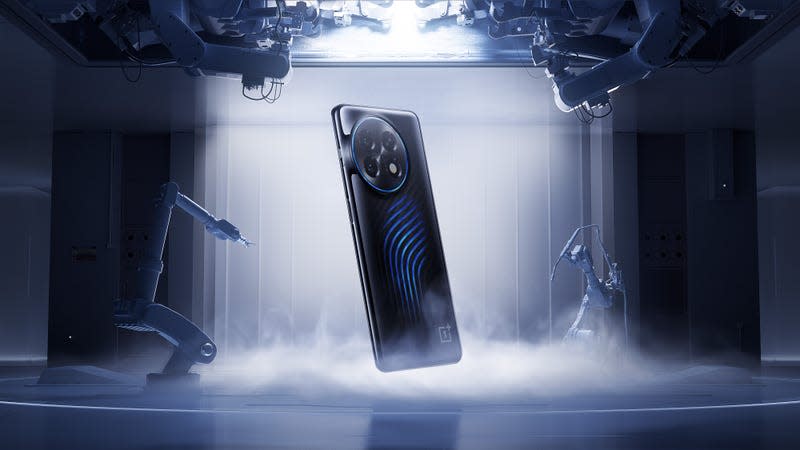
OnePlus’s press image for its liquid cooling technology called Active CryoFlux.
There was no shortage of weird and exciting stuff at Mobile World Congress (MWC) in Barcelona this week, from Motorola’s rolling smartphone display to OnePlus’s pulsating liquid cooling technology.
The Android smartphone makers were in full of force at the international trade show. We learned of more folding devices coming to market and gawked at concepts that will likely never see the light of day. We also caught a glimpse at the current trends unfolding in the smartphone world, like better repairability and fast battery charging. Qualcomm also announced it’s bringing its iSIM technology to its flagship chips, and a rugged smartphone maker is producing a device that adds satellite connectivity to any phone. Read on for some of the most interesting news from MWC 2023 this week.
Read more
These Winning Close-Up Photos Show Life That's Often Overlooked
Remembering Enterprise: The Test Shuttle That Never Flew to Space
Motorola’s rolling Rizr
Lenovo-owned Motorola started the global tradeshow with a rolling smartphone prototype called the Rizr (get it?). The Rizr is a 5-inch smartphone that expands to a 6.7-inch device for viewing and interacting with content in a 22:9 aspect ratio. It’s hardly ready for mass production, but the concept is intriguing.
Unfortunately, the back of the smartphone looks a little like a millennial-era PDA device. The display has to roll back somewhere, so this device has more junk-in-the-trunk than the foldables we have now. It’s also a wonder why Motorola is showing off its next steps when it could do so much more for its Razr foldable that’s already on the market (the good news is that there’s another one coming).
Google introduces new widgets—cool!

It isn’t a mobile show without Android’s maker on the show floor. Google introduced a helping of new Android features that will be rolling out soon. They’re mostly pretty minor, but it’s good to know they’re around if you want to use them.
Page Zoom on Chrome for Android can increase up to 300% now, and there are a host of new spring and basketball-themed combinations available in Emoji Kitchen via Google’s Gboard. There are also new Google Keep widgets for the smartphone and your Wear OS-based smartwatch.
iSIM, uSIM, we all scream for iSIM
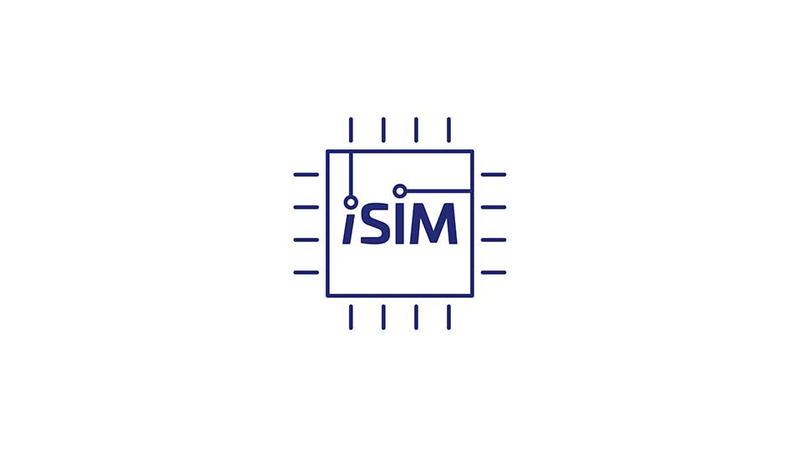
Qualcomm, a name that’s often associated with the chips inside your phone, plans to integrate iSIM into the Snapdragon 8 Gen 2 mobile platform. The “i” stands for “integrated,” and it works like eSIM. The only difference is that the iSIM is built directly into the mobile processor instead of as a separate chip. Qualcomm didn’t announce which smartphones would be getting the functionality.
OnePlus’s liquid-cooled smartphone

Do you know that scene in Batman & Robin when Mr. Freeze gets so icy his veins pulse in a different color? That’s what OnePlus’s Active CryoFlux reminded me of when I saw the press release for it. As for the name, it sounds like something you’d get done at a med spa to sculpt your body.
OnePlus is positioning Active CryoFlux as a liquid cooling system for the OnePlus 11 and beyond. It’s entirely a concept at this stage. While it would be nice to see something akin to this come to mobile devices, it’s hard to imagine that, in its current implementation, it aids in helping performance.
OnePlus also took to the show to confirm that it would launch a foldable in the second half of this year. The company quietly previewed it at its OnePlus 11 launch event last month, but it made the timeline official in a panel on the MWC show floor. We’ve been expecting it since patents circulated for the OnePlus V Flip and OnePlus V Fold.
Nothing announces nothing
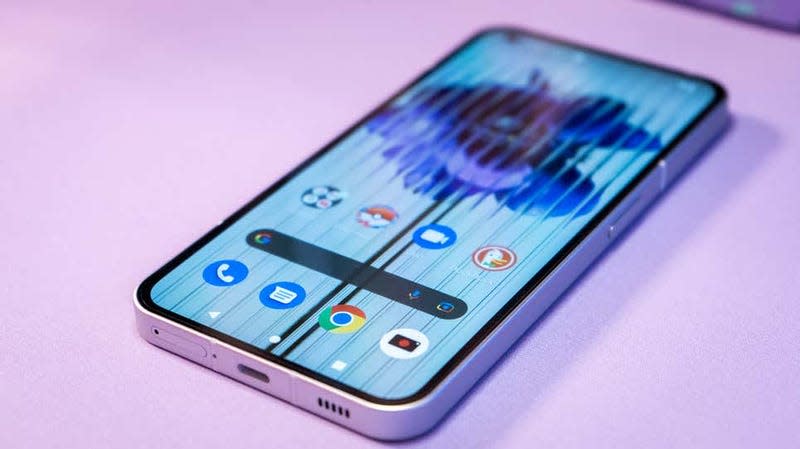
Just kidding—Nothing didn’t have an official booth at this year’s show (Carl Pei tweeted that it was not the “vibe”), but it did announce that it would be using the Snapdragon 8 Gen 2 chipset in its next flagship release. The last-gen Nothing Phone (1) was on a mid-range Snapdragon 778G+ processor, which helped keep the price down. It’ll be interesting to see if Nothing can maintain a similar price point once it upgrades its chips.
Nokia’s affordable, repairable smartphone
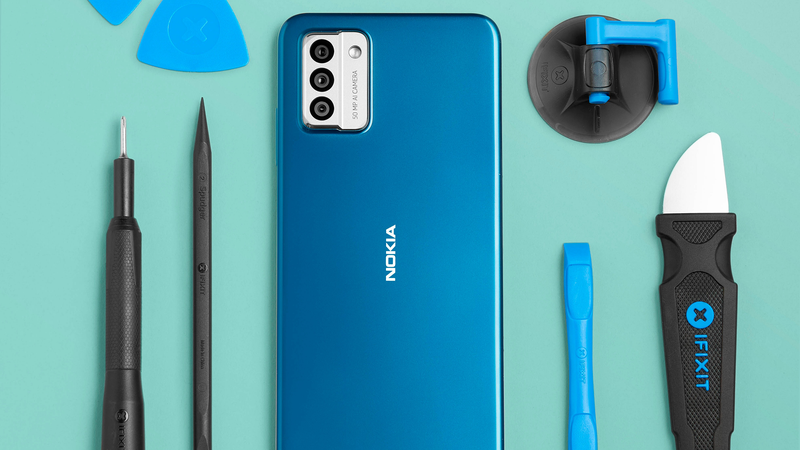
HMD Global, the company that took over the Nokia brand, announced it’s partnered with iFixit to provide customers with easy repair kids for its supremely affordable Nokia G22. The $150 phone will be available this month in the U.K. and parts of Europe only, but it’s helping to set a precedent for other low-end to mid-range brands in the smartphone space.
These smartphones charge way too fast
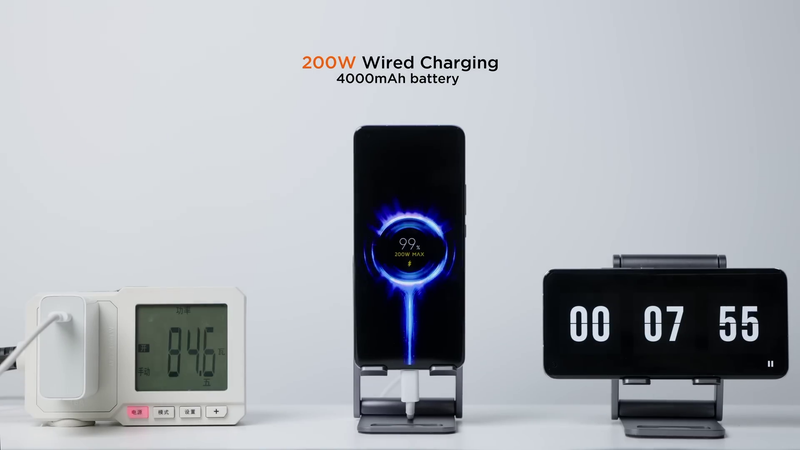
I’ve talked about how much I appreciate the fast charging capabilities on smartphones like the OnePlus 10T and OnePlus 11, but Redmi and Realme’s respective 300W and 240w charging bricks seem egregious in comparison. There are essentially laptop chargers.
For these Android brands, it’s a numbers game. Redmi, a Xiaomi-owned brand, showed off a modified version of its overseas model, the Note 12 Pro+, charging fully in under 5 minutes. It’s a neat demo, but we wonder what it would do to the battery over time.
Satellite connectivity for any smartphone
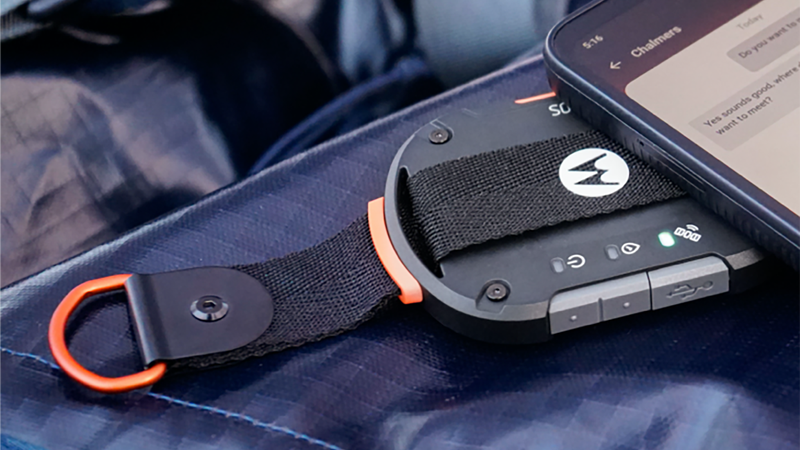
Well, this is neat! Bullit, a company known for producing rugged smartphones for the outdoors, has borrowed the Motorola brand to make the Defy Satellite Link. It adds satellite communication to any smartphone, so even if you’re out of cellular bounds, you can contact someone for help or let them know you’re okay. You can use it to send and receive texts. It only costs $100, which is affordable enough to keep it stashed away in your go-bag.
Xiaomi’s foray into AR
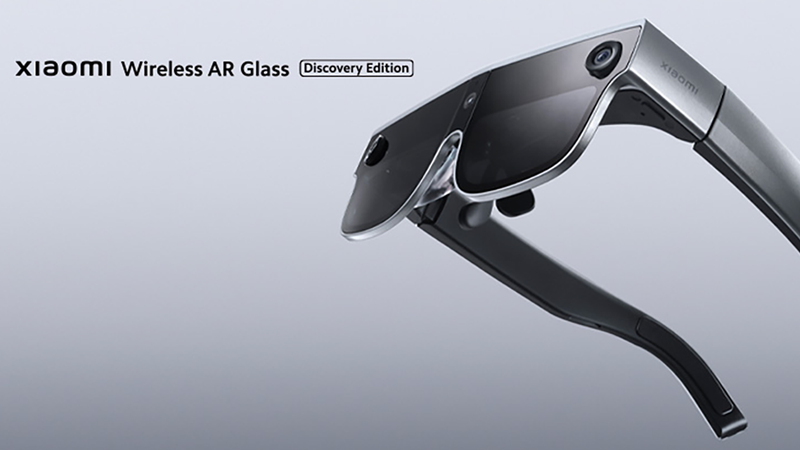
A future where everyone is wearing augmented reality glasses all the time is still a concept. But Xiaomi still used MWC to show off its Wireless AR Glass Discovery Edition smart glasses. They were behind a plastic wall on the convention floor, but this marks another smartphone brand this week revealing its intentions for AR accessories. The glasses use the same Qualcomm Snapdragon XR 2 Gen 1 processor already in the Meta Quest Pro.
“Phones in our skin”
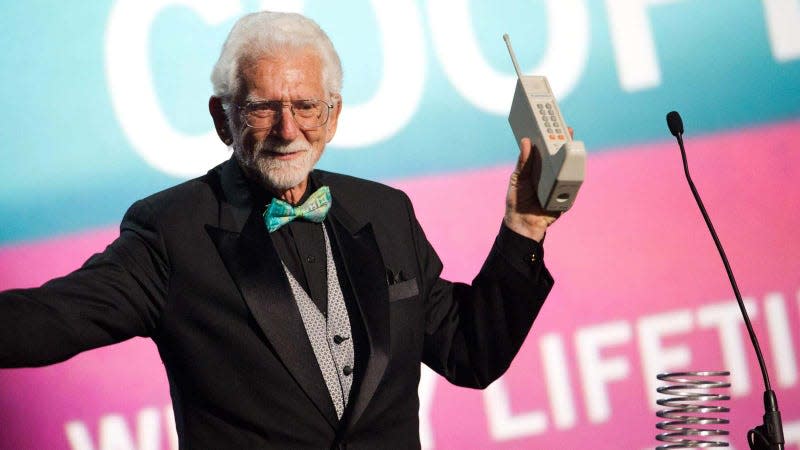
Martin Cooper, the “father of the cellphone,” was seen walking around at MWC. Cooper believes the next generation of smart devices will be embedded directly into the skin under the ears. “Your body is the perfect charger,” Cooper told CNBC in an interview.
We can thank Cooper for his contributions to developing the Motorola DynaTAC 8000X cellphone, which changed the trajectory of the industry back in the ‘80s. But I believe that we have to figure out this foldables thing before we start imagining chips in our ears.
More from Gizmodo
Sign up for Gizmodo's Newsletter. For the latest news, Facebook, Twitter and Instagram.

